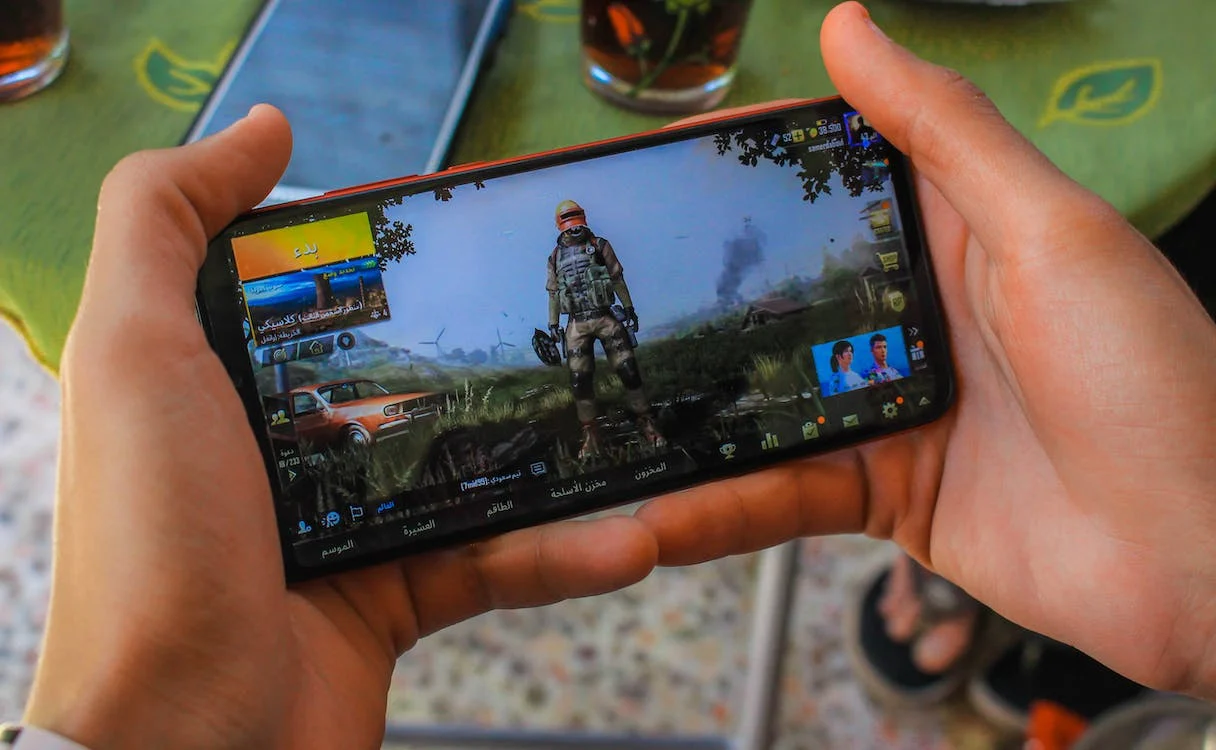By Jenny McBean, Director at Bryter
|
So you’ve got an idea for your game, and you’re trying to get the greenlight, or maybe you’ve just started development and want to validate the direction you’re heading in. But there are some big questions, like how do I know it will resonate with audiences, what is it that’s going to make my game stand out? Having clear targets and focus early on will help long-term success. This is where market sizing and concept testing research can help build strong foundations. In this guide, we dive into what ingredients make a great concept test, and how you can leverage this research for a more cohesive, unified end product. |

Sizing and understanding your audience
Firstly, you need to size your audience and confirm who your target audiences are. This is essential to understand if there is enough potential for your game to successfully perform in a crowded market, and gives you a better idea of who you are designing for and marketing to as you develop the game.
Starting with a broad representative audience of gamers, appetite for the game is measured across the whole market, before then pinpointing specific profiles of players that have the strongest interest in your game.
Profiling analysis can be included to then help build a better understanding of these key audiences, including - what kind of genres they enjoy, what motivates them, whether they prefer social or solo gameplay, how to reach them etc.
Testing the concept
Next, we want to understand what is going to make your game standout and bring players in. Using various assets to introduce the game, we can begin to explore how players perceive the overall concept and what resonates with them most.
- What expectations do they have for style, genre or gameplay based on assets such as key art?
- What are the product USPs – what features are most exciting or unique?
- Are different audiences drawn to different aspects of the game?
- Are there areas that are unclear or off-putting for players – and how can we address this?
By answering these questions, you can better steer the game’s development, knowing who you are designing for and what excites them the most.
When should I test?
There’s no strict rule to when you should run your concept test, although better to do it earlier than later. By testing at the beginning of the project, you can validate the potential and build an early understanding of what features to prioritise.
Concept testing can also be very useful later on in development, once there are more assets to showcase and therefore build a clearer picture of the game for players. Alongside the standard description and artwork, you can also introduce environment art, character designs, or even game trailers.
What should I test?
There are no firm criteria for what you must test when running a concept test. Less is often more in concept testing, and this applies to both the practice and the assets themselves. Over-complicated or long concepts risk participant burnout, so as a rule, try to just show players enough to give them a good idea of the game, as if they saw it on the store page.
Examples of assets for testing:
Primary assets
- Description: set the scene, then detail the gameplay itself. This is also a great place to list unique game features or USPs.
- Gameplay visuals: show them what the game will look like from a player viewpoint
Optional assets
- Video clips/ trailers: depending on the stage of development, the format of this will vary greatly. A rip-o-matic style video might look exciting, but is likely too far from what the game will actually look like. It doesn’t need to be a fully polished trailer, but ideally should show some gameplay, and various features of the game.
- Gameplay clips: these can be an effective way of showing specific game features (i.e. abilities, items, skills, modes).
- Character art: to assess appeal and affinity to main characters or identify the most intriguing NPCs/ enemies.
- Environment art: this is where you can showcase the breadth of your game, as well as identify which types of biomes are most appealing.
- Key art: understand what expectations players have from your key art. Your key art should sell the game to players, and give them all the essential information they need; what genre the game is, if it is single or multiplayer, what kind of gameplay to expect.

|
✅ Build in concept tests at different stages of game development – early on, and once again when the concept is more developed ✅ Reach out to a wide pool of gamers, beyond just your core target. This way you can understand how to attract your core audience, as well as how to expand further ✅ Keep assets simple, clear, and concise ✅ Ensure variety in your assets ✅ Use a mixture of tools and metrics, beyond just ‘Yes/no’ or likert scales ✅ Make sure you have clear objectives before you begin testing 🚫 Don’t use assets which are far from the actualised end product – if the concept is too early stage, players may find it difficult to comprehend or evaluate 🚫 Don’t ignore feedback – even if you don’t agree, try to understand where they are coming from 🚫 Don’t over-complicate your assets – players only have so much time, and their attention may slip 🚫 Don’t over-explain – at this stage, players don't need to see the whole future roadmap for the game, but just enough to give them an idea of the game world and what it will feel like to play
|

Bryter Market Sizing & Concept Testing
At Bryter, we create tailored playtesting solutions, depending on the development objectives.
- Recruiting a representative mix of gamers, then narrowing in on specific or niche player profiles based on demographics, behaviours or motivations
- Incorporating Bryter Benchmarks and frameworks, to add extra context to concept performance versus competitors
- Layering different quantitative techniques, beyond ‘yes/no’ questions or likert scales - from PULSE video ratings and text highlighting, to max diff pairwise comparisons and perceptual mapping
- Strategical recommendations based on primary insights, as well as Bryter experience and expertise
- Incorporating Bryter’s Gamer Segmentation to add extra layers of insight
Take a look at one of our Concept Testing Case Studies here
You can read more about how to leverage market research & player insights throughout the game lifecycle on our website.
Get in touch
Ready to move beyond guesswork? Get in touch with one of the insights team if you want to learn more about different approaches to market research and to understand which methodology may be most appropriate for your insight needs.
web browser, url, browser, computer network, requests, malicious software, captcha, javascript, network connection, page checks




